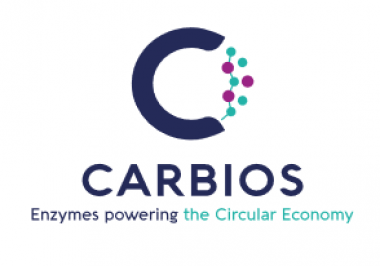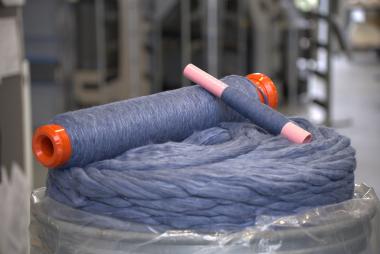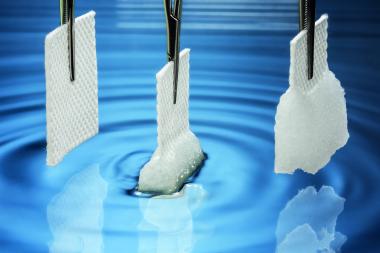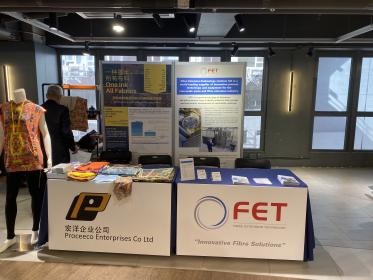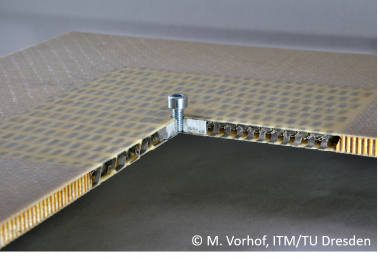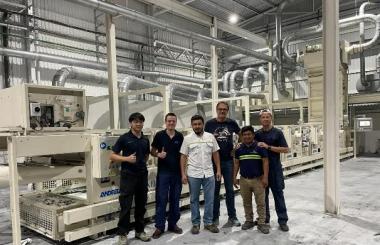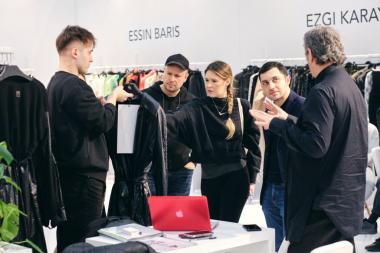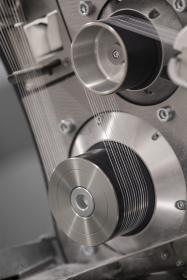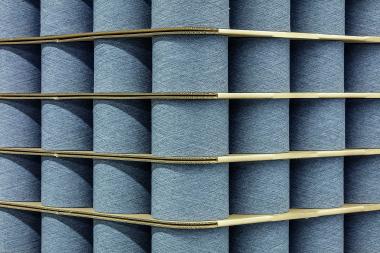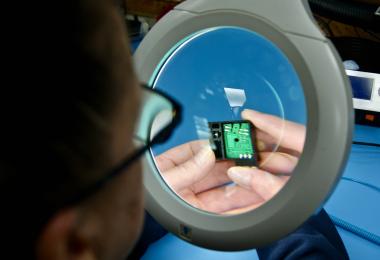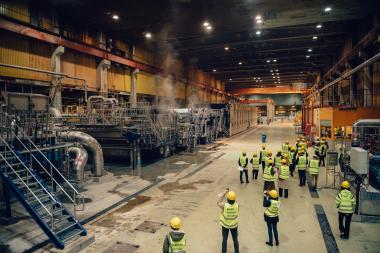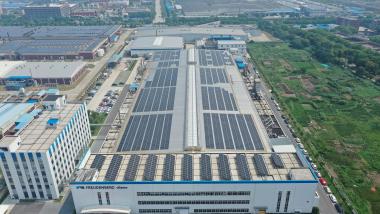Carbios receives funding for PET biorecycling plant and R&D activities
Carbios will receive grants totaling €54 million from French State via France 2030 and Grand-Est Region to finance construction of world’s first PET biorecycling plant and accelerate R&D activities
Carbios announces that its project has been selected by the French State for funding of €30 million from the French State as part of the investment plan France 2030, and €12.5 million from the Grand-Est Region. The implementation of this funding is conditional to the European Commission’s approval of the corresponding state aid scheme, followed by the conclusion of national aid agreements. As part of the national call for projects on “Plastics Recycling” operated by ADEME[1], Carbios’ project to finalize the industrialization of its unique PET biorecycling process has been selected. The reference plant in Longlaville in the Grand-Est region will be the world’s first PET biorecycling plant and is due for commissioning in 2025. This plant will make it possible to relocate to France the production of the two basic components of PET, PTA and MEG[2], both derived from the Carbios process.
Carbios also announces that it has been granted total funding of €11.4 million from the French State as part of France 2030, of which €8.2 million directly for Carbios (€5 million in repayable advances) and €3.2 million for its academic partners INRAE[3], INSA[4] and CNRS[5] via the TWB[6] and TBI[7] joint service and research units. This funding will enable to continue its research into the optimization and continuous improvement of Carbios’ enzymatic technologies.
The plant will secure the sales of the first volumes of recycled PET produced with Carbios’ technology, and to offer its partners recycled PET of the same quality as virgin PET. Once the necessary permits have been obtained, which should be granted by the end of 2023, in line with the announced start of construction before the end of the year, the plant is scheduled to be commissioned in 2025. This will be followed by a period of ramp-up to full capacity. The plant will have a nominal processing capacity of 50,000 tonnes of PET waste per year, equivalent to 2 billion bottles or 2.5 billion food trays.
Selection for funding by the French State through France 2030 and the Grand-Est Region complements the recent announcement of an exclusive, long-term partnership with Novozymes[8], a leader in enzyme production, one of the main aims is to ensure the supply of enzymes to Carbios’ Longlaville plant and future licensed plants. In addition, Carbios recently secured a first supply source for its future plant by winning part of the CITEO tender for the biorecycling of multilayer trays[9].
[1] The French Agency for Ecological Transition
[2] PTA = purified terephthalic acid; MEG = monoethylene glycol
[3] French National Research Institute for Agriculture, Food and the Environment
[4] French National Institute of Applied Sciences
[5] French National Center for Scientific Research
[6] Toulouse White Biotechnology – UMS INRAE 1337 / UAR CNRS 3582
[7] Toulouse Biotechnology Institute – UMR INSA/CNRS 5504 / UMR INSA/INRAE 792
[8] Cf. press release dated 12 January 2023
[9] Cf. press release published by Citeo dated 26 April 2023
Carbios


